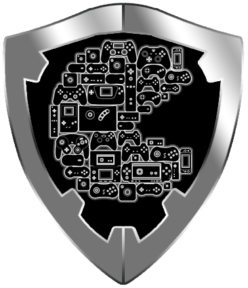Podcast NewsInside, siga e ouça mensalmente no Spotify:
Se você é fã de jogos retrô, provavelmente já passou horas configurando emuladores para poder jogar seus clássicos favoritos no seu PC. Mas isso pode mudar com o RetroBat.
Este software foi criado especificamente para simplificar todo o processo de configuração e instalação de emuladores, permitindo que você se concentre no que realmente importa: jogar.
O RetroBat automatiza todo o processo de configuração da interface do EmulationStation com o RetroArch e outros emuladores autônomos. Isso significa que, em vez de gastar horas ajustando as configurações e instalando software adicional, você pode simplesmente baixar o RetroBat e começar a jogar imediatamente.
Outra grande vantagem do RetroBat é que ele inclui cores de consoles antigos e mais recentes, o que significa que você pode personalizar sua experiência de jogo de acordo com suas preferências. E se você não encontrar o emulador que está procurando, pode facilmente adicioná-lo à pasta de emuladores na instalação do RetroBat.
Além disso, o RetroBat é compatível com dispositivos de armazenamento removíveis, o que significa que você pode jogar em um disco rígido externo ou em qualquer outro dispositivo, desde que seu computador atenda aos requisitos mínimos.
Então, se você está cansado de passar horas configurando emuladores e quer uma maneira fácil de jogar seus jogos retrô favoritos, o RetroBat pode ser a solução que você está procurando. Com sua configuração fácil e automatizada, você pode começar a jogar em poucos minutos e se divertir com suas coleções de ROMs compatíveis.
O guia de uso pode ser conferido aqui
Faça parte do nosso Discord, acesse o NewsInside FÓRUM NO DISCORD!

![[Emulação] RetroBat 5.1.1](https://www.newsinside.org/wp-content/uploads/2022/11/retrobat-webp.jpg)
![[Emulação] Como Jogar GameCube e Wii no PC](https://www.newsinside.org/wp-content/uploads/2022/12/dolphin-webp.jpg)
![[Emulação] Retroarch 1.14.0: O Emulador de Todos os Emuladores](https://www.newsinside.org/wp-content/uploads/2022/10/retroarch-webp.jpg)